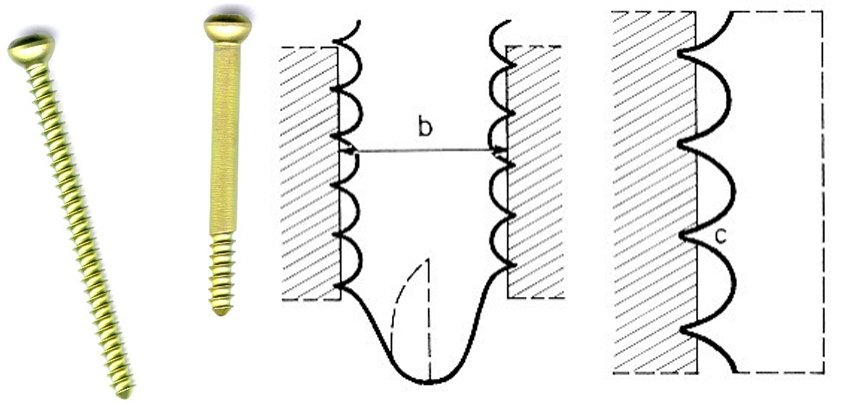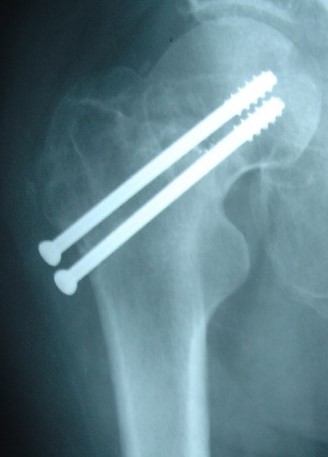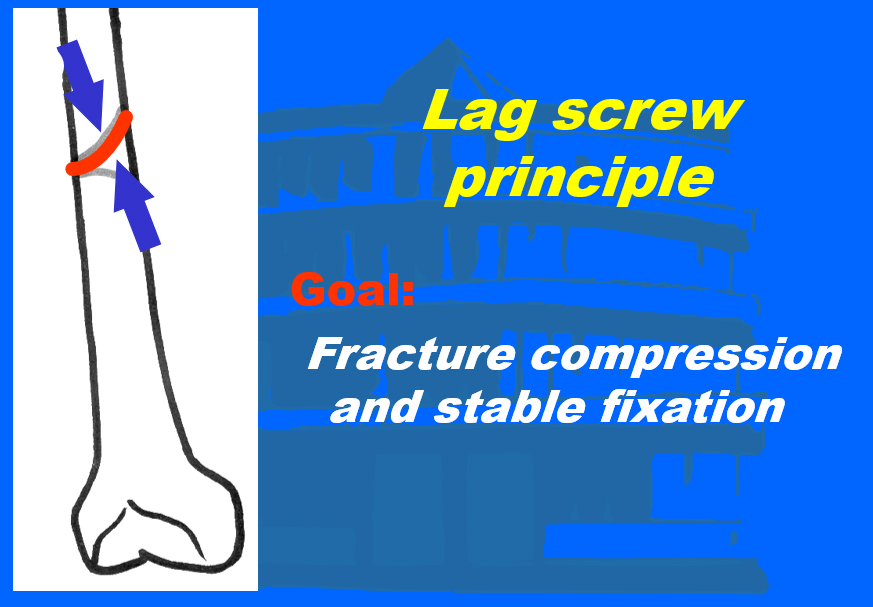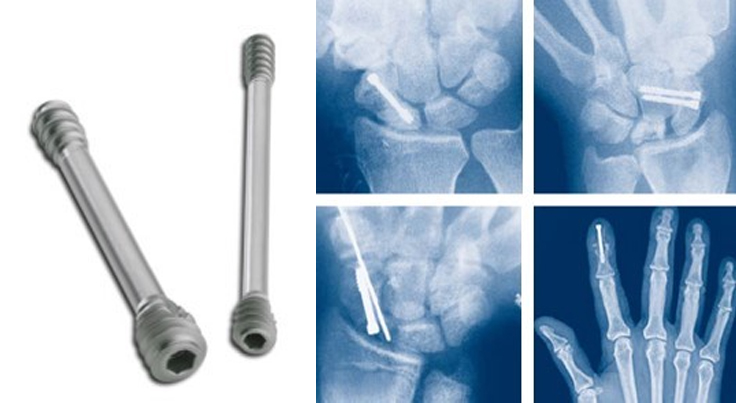For fractured bones to heal quickly, there must be minimal gaps between the different parts. Orthopedic fixation is fundamentally dependent on orthopedic screws, as they assist bone healing by pressing the fractured bones together and reducing any undue stress on orthopedic implants. Such screws may be used during surgery individually or in combination with other orthopedic devices, such as plates. The cortical and the cancellous screws are two basic designs, but there are several other types of orthopedic screws. In this blog, we present a brief guide to understanding the major types of orthopedic screws.
Cancellous Bone Screws

Cancellous screws are used to repair fractures in the cancellous bones found in the neck portion of a long bone. These screws are characterized by deep cuts and widely spaced threads. Due to the thin structure of the cancellous bone, the threads of these self-tapping screws usually cut through their path when being inserted.
Cortex Screws
Cortex screws are used to fix injured cortical bones, which are the thick outer surfaces of long bones enclosing the bone cavity. The orthopedic screws have shallow and closely-placed threads with a typically blunt end. Compared to cancellous screws, cortex screws have large core-to-outer diameter ratios.

Cannulated Screws

Screws with hollow central shafts are called cannulated screws. They can be inserted over a guide wire or a guide pin, ensuring precise placement on the bones. Both cortical and cancellous screws can be of the cannulated kind. Cannulated cancellous screws are useful for treating metaphyseal fractures, whereas cannulated and non-cannulated cortical screws are used as lag screws for fixing diaphyseal fractures.
Lag Screws
The main objective of using lag screws is to achieve compression and stable fixation in fragmented fractures by threading into the farther cortex and sliding through the near cortex. Lag screws are placed perpendicular to the fractured bones. Such screws may be fully or partially threaded. The size, thread, and positioning of lag screws used differs based on the nature of fracture.

Headless Compression Screw

Also known as the Herbert Screw, a headless compression screw is a cannulated screw featuring a headless design. This type of orthopedic screw is used for fixation of fractures and nonunions of small bones and small bone arthrodesis. These screws have cortical threads on one end, and cancellous thread on the other with a smooth unthread portion in the middle. The proximal threads of these screws are designed to create compression between bones and provide stability necessary for a fracture to heal. A Herbert screw is fully implanted into a bone without any protrusions, so there is negligible tissue irritation. The cannulation allows clear-cut positioning of the screws on the bone in areas with minimal tissue coverage.
In Conclusion
Different types of orthopedic screws are available in conventional, partially or fully threaded, self-tapping, stainless steel, and titanium variants. The nature of a fracture helps determine the type, size, and diameter of the screw that is required. Most importantly, for a successful orthopedic fixation, good-quality and durable orthopedic screws are a necessity. If you are in the market for orthopedic screws, you can never go wrong with Madison Ortho. We are a reliable supplier of cutting-edge orthopedic products available in various sizes and materials in Saudi Arabia and other countries. For answers to all your questions about orthopedic screws or to place an order, call +1-787-945-5800 or email info@madisonorthoinc.com.

